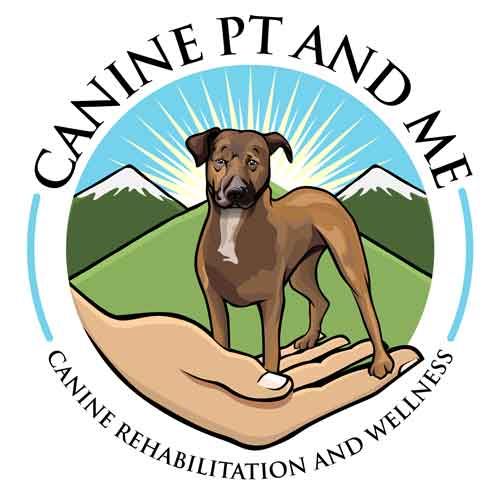I’m sure that most people know someone who has torn their ACL while playing sports or in a freak accident. The Cranial Cruciate Ligament (CCL) in dogs is the equivalent to the ACL in humans. A CCL tear can be a complete or partial rupture, both having their pros and cons. This major ligament provides stability to the knee and is one of the most common canine orthopedic issues.

The CCL runs from the femur, across the stifle/knee joint, and attaches onto the tibia. This ligament has three functions at the stifle: prevents forward movement of the tibia on the femur, prevents hyperextension, and prevents inward rotation of the tibia. If any trauma occurs at the stifle, the CCL can become injured. However, the most common cause of a CCL tear in dogs is due to degenerative changes over time.
If your dog has torn their CCL, they may exhibit a wide spectrum of symptoms, most commonly: lameness/limping, swelling around their knee, decreased range of motion, crepitus, reluctance to participate in normal activities, pain when touched, sitting with the leg extended, or weight shifted off the injured leg when standing.
The signs and symptoms listed above should not be the sole criteria for a CCL injury diagnosis and a veterinarian should be consulted. They can complete an entire hands-on assessment of your dog which includes range of motion testing, radiographs, and specific special tests to determine the appropriate diagnosis and treatment plan.
When managing CCL injuries, the primary goals are to prevent a meniscus tear or progressive osteoarthritis and to help your dog return to their normal activities. The good news is that most CCL cases can be managed with conservative canine rehabilitation. However, if your dog is young and active, they may require surgery and canine rehabilitation to promote a full return to high level activity. There is hope for you and your pup to return to the activities you love to do together with a better quality of life after a CCL tear.
~Canine PT and Me Team
